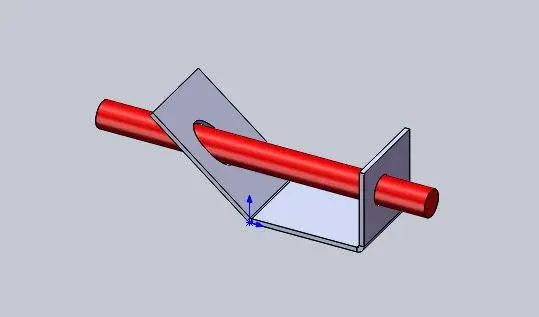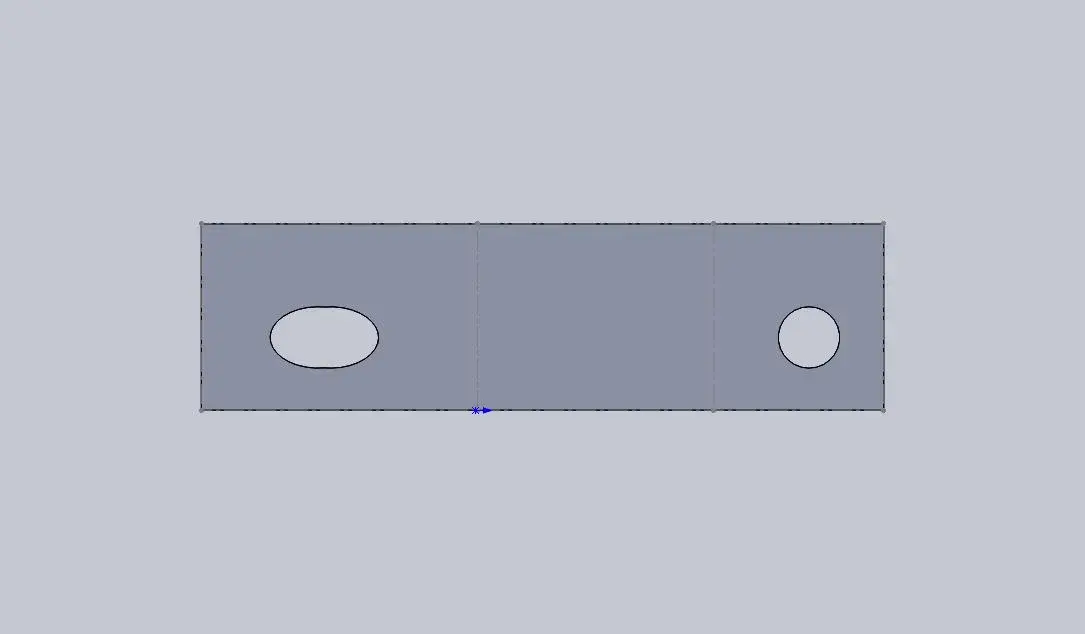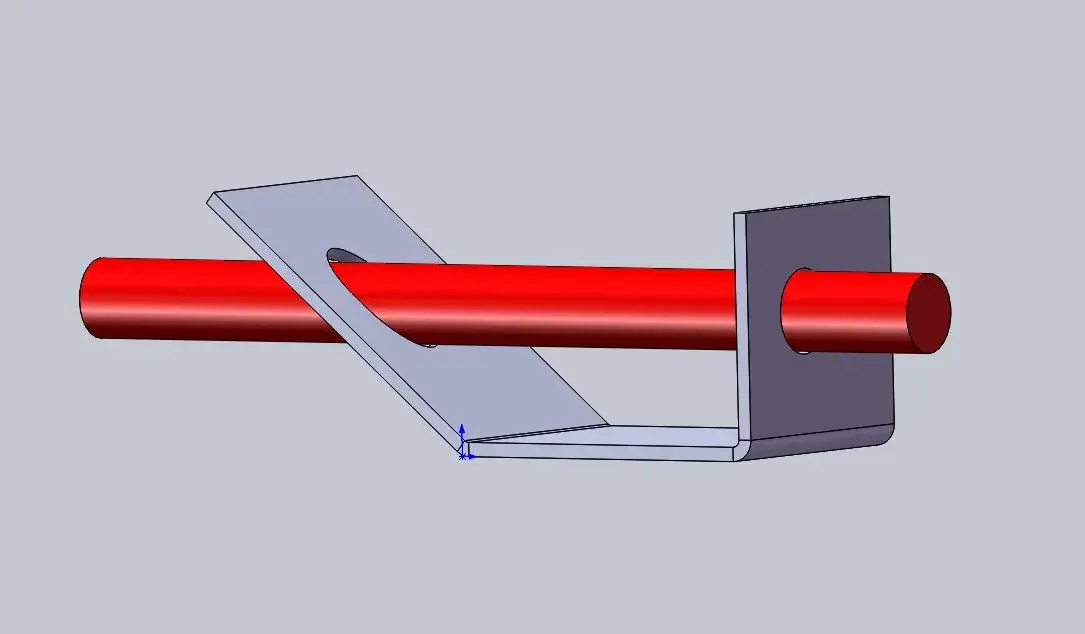Andrea - Overcam
Guest
spaceclaim 2014 is finally available!
in this release many improvements have been made especially in terms of interoperability and rapid import/correction.
some improvements in detail:
- direct opening of files from outlook, just drag into the spaceclaim work environment
- 30% less time to import geometries thanks to multi-threading (more parallel processes for importing various components )
- improvement of the "volume extraction" function that allows to edit the extracted volume in an iterative way (for example, change a volume face extracted in order to obtain a given volume)
- improvement of detail functions, with particular reference to welding symbols, finishing, tolerance that can now be reused once you have created your own scheme
- import/export of 3d pdf (export was already present in previous versions)
-plug-in for ms excel plug-in to edit by table the dimensions linked by equations (e.g. a = b x 2, see groups in spaceclaim)
- improved sheet metal functions:
a) improvement of folds in case of cut corners, more realistic
b) Power selection tools (smart multiple selection) for junction type (e.g. select all folds in order to change the internal radius at the same time)
c) development of hoppers (also disapproved), cones, etc. through the "blend" function previously unsuitable to the sheet (in addition to the most powerful tools of smo+ and logitrace, the reference software for the channeling and for the hvac sector, the equivalent of the hoepli tube manual, compatible with spaceclaim)
d) it is possible to create partial recesses on both sides for "dentellate" joints (schedule)
- the average surface can be used as a reference for operations such as deformation with respect to the created superifice, which is particularly suitable for moulds
- possibility of transforming meshate surfaces into spaceclaim surfaces by manually selecting a number of points that describe the new surface, possibility of orienting and improving scanned surfaces (e.g. for cylinders)
- verification of interference dynamically and interactively (to verify collisions in mechanisms)
- dynamic simulation panel via algoryx, which also adds animation with keyshot rendering
a summary video (in English): http://www.spaceclaim.com/en/mkting/singlevideoplayer.aspx?v=sc_2014_overview_c.mp4
in this release many improvements have been made especially in terms of interoperability and rapid import/correction.
some improvements in detail:
- direct opening of files from outlook, just drag into the spaceclaim work environment
- 30% less time to import geometries thanks to multi-threading (more parallel processes for importing various components )
- improvement of the "volume extraction" function that allows to edit the extracted volume in an iterative way (for example, change a volume face extracted in order to obtain a given volume)
- improvement of detail functions, with particular reference to welding symbols, finishing, tolerance that can now be reused once you have created your own scheme
- import/export of 3d pdf (export was already present in previous versions)
-plug-in for ms excel plug-in to edit by table the dimensions linked by equations (e.g. a = b x 2, see groups in spaceclaim)
- improved sheet metal functions:
a) improvement of folds in case of cut corners, more realistic
b) Power selection tools (smart multiple selection) for junction type (e.g. select all folds in order to change the internal radius at the same time)
c) development of hoppers (also disapproved), cones, etc. through the "blend" function previously unsuitable to the sheet (in addition to the most powerful tools of smo+ and logitrace, the reference software for the channeling and for the hvac sector, the equivalent of the hoepli tube manual, compatible with spaceclaim)
d) it is possible to create partial recesses on both sides for "dentellate" joints (schedule)
- the average surface can be used as a reference for operations such as deformation with respect to the created superifice, which is particularly suitable for moulds
- possibility of transforming meshate surfaces into spaceclaim surfaces by manually selecting a number of points that describe the new surface, possibility of orienting and improving scanned surfaces (e.g. for cylinders)
- verification of interference dynamically and interactively (to verify collisions in mechanisms)
- dynamic simulation panel via algoryx, which also adds animation with keyshot rendering
a summary video (in English): http://www.spaceclaim.com/en/mkting/singlevideoplayer.aspx?v=sc_2014_overview_c.mp4



